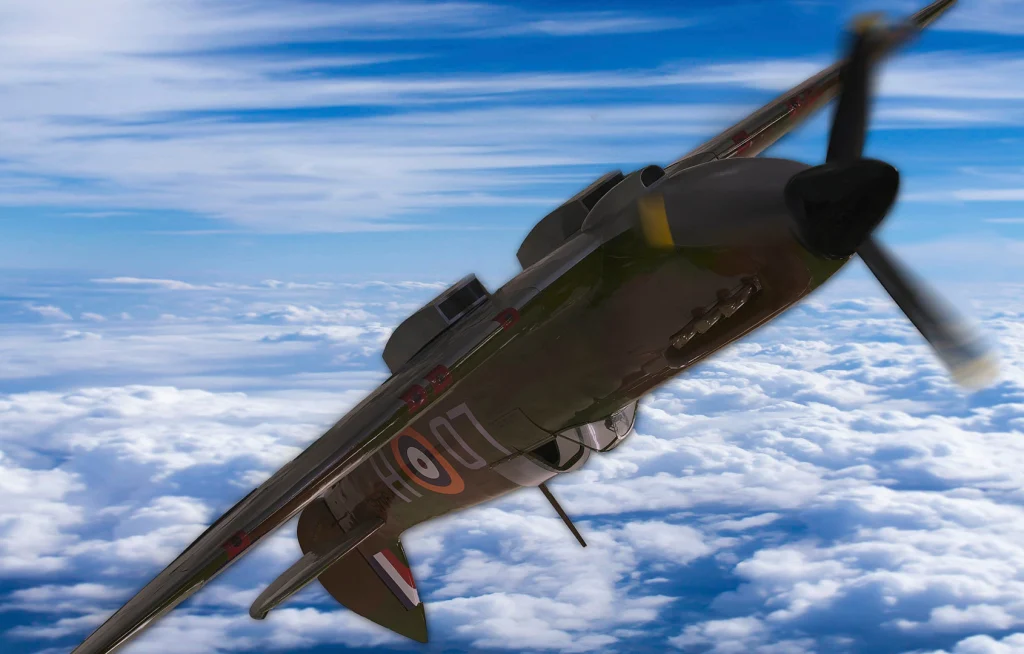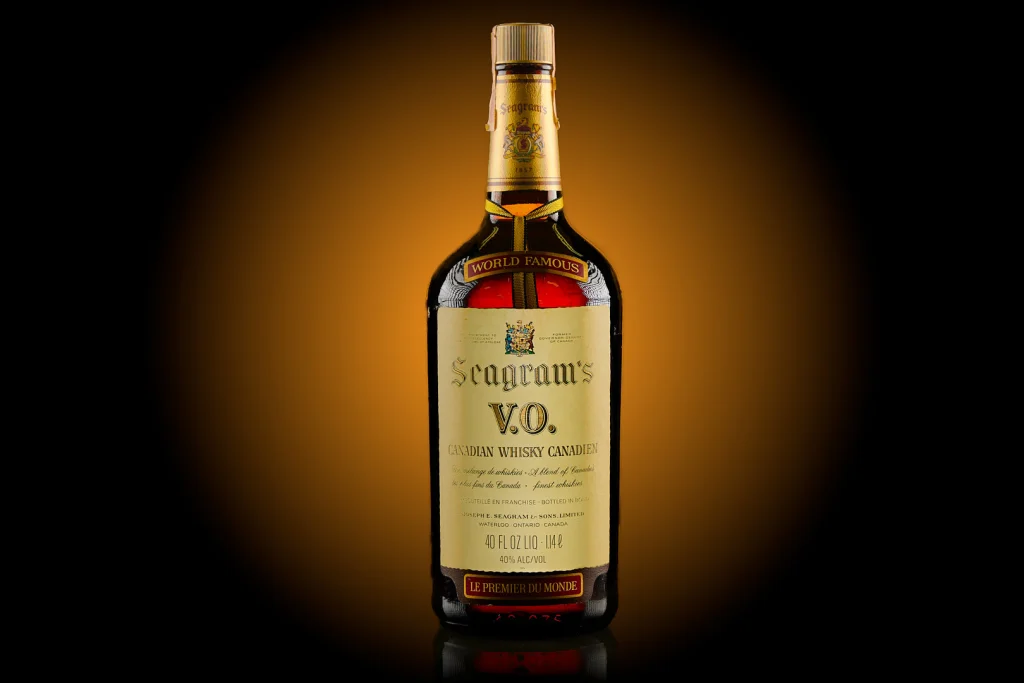Over the past few months, I’ve been diving deep into the world of compositing, pushing myself to improve and expand my skill set. It’s been both challenging and rewarding, and the journey has opened up new creative possibilities for me. My goal is not just to grow as an artist but also to develop the ability to create more complex, impactful images that tell stories.
One project I’m particularly proud of is my work with a near-full-size scale replica of a WWII Spitfire. Initially, it was a static studio shot—beautiful, but stationary, lacking the life and motion that defines the real aircraft’s legacy. I saw it not just as an object, but as a canvas for something much more dynamic. I wanted to honor its history and spirit by transforming it into a striking, emotive composition.
The Process: From Replica to Story
The first step was capturing the Spitfire in the studio. The replica was stunning in its craftsmanship, and my goal was to highlight its authenticity while elevating it beyond the confines of the studio environment. Lighting was crucial; I spent hours experimenting with angles and setups to get just the right shadows and highlights to preserve its details.
Once the base image was ready, the real work began—compositing. This stage required layering multiple elements, including a vivid sky, subtle motion blurs, and environmental effects, to create the illusion of a Spitfire in action. I wanted the final image to feel alive, as if it had been pulled from a moment in time during the height of its glory.
Challenges and Lessons Learned
One of the most significant challenges was blending the Spitfire seamlessly into its new context. Balancing light and perspective across layers demanded precision and patience. I found myself returning to small details repeatedly—tweaking reflections on the aircraft, adjusting the scale of background elements, and fine-tuning the shadows to ensure cohesion.
This process taught me a lot about storytelling through imagery. Every layer had to serve a purpose, contributing to the narrative I wanted the image to convey. The final piece wasn’t just about technical execution but also about capturing the emotion and significance of this iconic plane.
The Final Result
The end product feels like more than a photograph—it’s a piece of history reimagined. The Spitfire now soars through a dramatic sky, its legacy vividly alive. Seeing the transformation from a static studio shot to a dynamic composition fills me with pride and fuels my motivation to keep improving.
Looking Ahead
This project has reinforced my love for compositing and shown me how much more there is to learn. I’m excited to keep refining my skills, experimenting with new techniques, and tackling even more complex projects. For anyone considering exploring compositing, I’d say this: start small, be patient, and let your imagination lead the way. There’s a world of creative possibilities waiting to be discovered.
Here’s to more ambitious creations and the joy of bringing visions to life! If you’ve worked on a project that’s pushed your skills or have tips for compositing, I’d love to hear your thoughts in the comments below. Let’s grow together!


0 Thoughts on Crafting a Vision – My Journey in Compositing